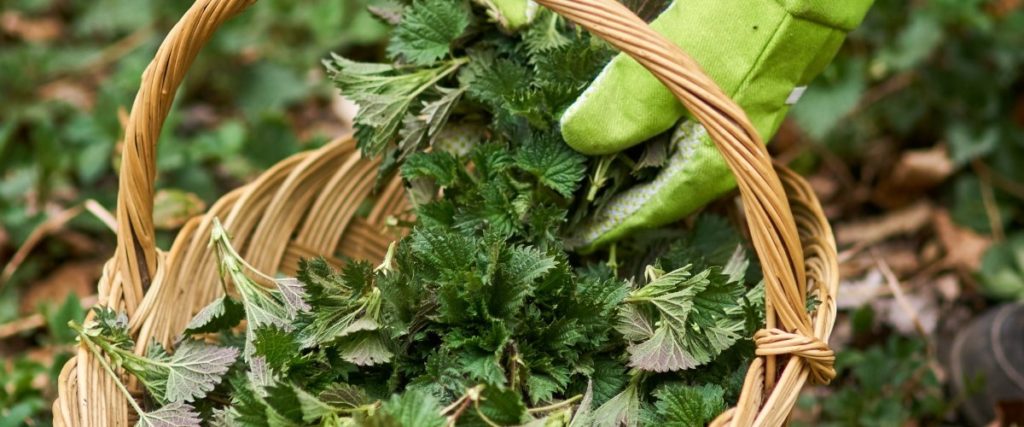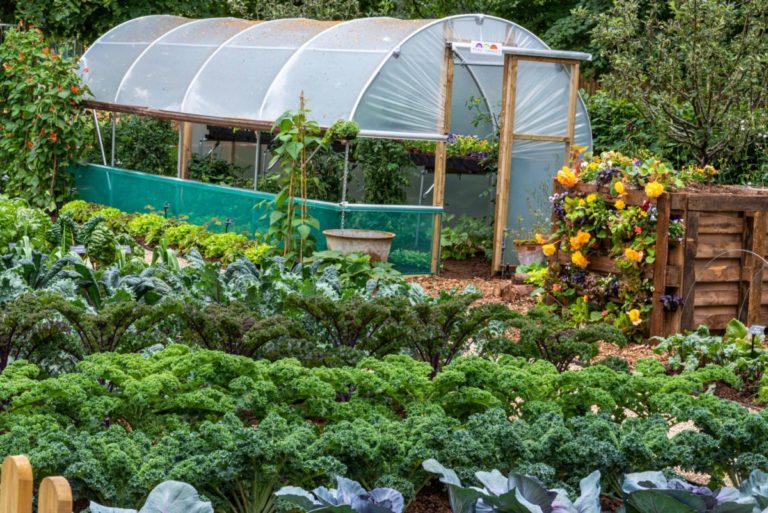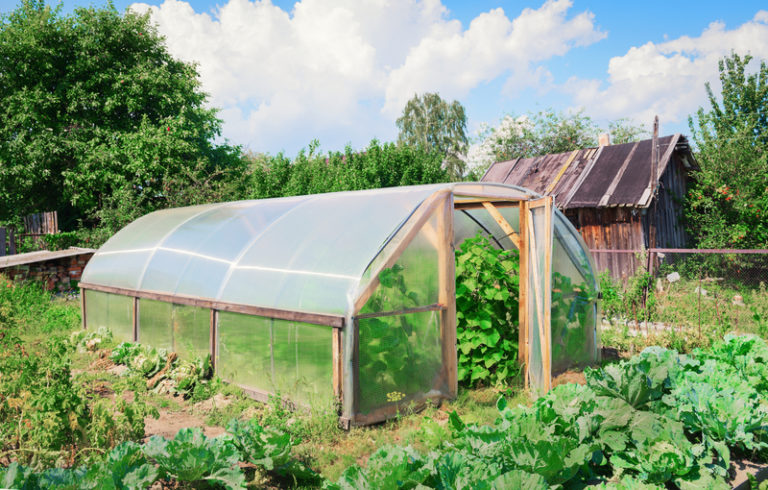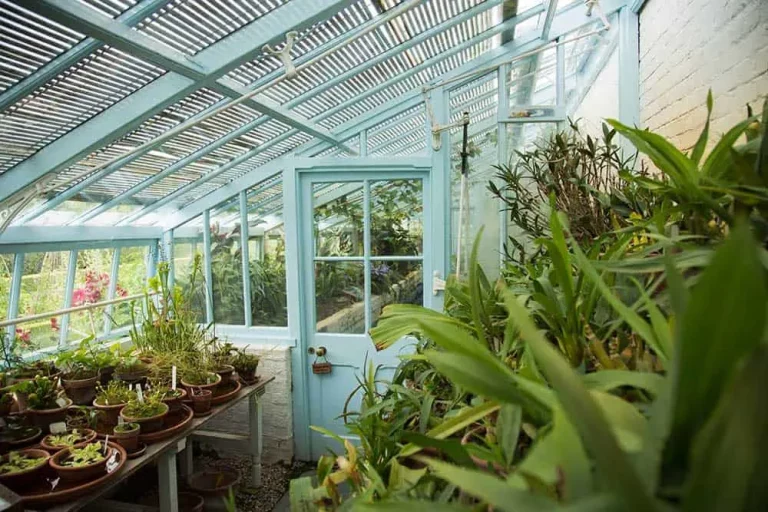Nature provides an abundance of wild herbs that can be foraged for their medicinal properties, completely free of charge.
These herbs are packed with vitamins, minerals, and antioxidants that can help to boost your health and well-being.
From soothing nervous system fatigue with passionflower leaves to protecting against cold and flu viruses with garlic, the wild herbs found in nature offer a wealth of free medicine waiting to be discovered.
With a little bit of knowledge on how to identify and harvest these plants safely, you can start foraging your own natural remedies today.
Research and prepare
Before you head out, research the wild herbs that are commonly found in your area and their potential medicinal uses. Make sure you know how to identify and harvest the plants safely and sustainably.
This knowledge will enable you to forage for nature’s pharmacy and utilize the healing properties of the plants growing around you.
Make sure you can accurately identify the plants to avoid any misidentifications or confusion.
Moreover, learn how to harvest the herbs sustainably and safely, avoiding damage to the plants and their ecosystem.
This includes choosing the right time to harvest and using the appropriate tools to minimize harm.
By doing so, you will not only gather valuable medicinal herbs but also contribute to the preservation of the local flora and its ecological balance.
Start small
Begin by foraging a small amount of one or two herbs to start, and gradually increase your harvest as you become more comfortable and familiar with the process.
Begin by foraging a small amount of one or two herbs to start, and gradually increase your harvest as you become more comfortable and familiar with the process.
Start with herbs that are easy to identify and accessible, such as dandelion, wild mint, or chickweed.
These herbs are often found in open fields, meadows, and along hiking trails.
Make sure to properly identify the herbs before harvesting, as some can be mistaken for lookalikes that may be toxic or have adverse effects.
Once you’ve identified the herbs, carefully harvest the leaves, roots, or flowers using sharp pruning shears or a clean knife.
Be mindful of your surroundings and avoid disturbing the natural ecosystem.
Gradually increase your harvest as you gain more experience and confidence in your foraging abilities.
Remember to only harvest what you need and leave enough for the plants to thrive and produce more fruit for future harvests.
Look for plants in the right environment
Many wild herbs can be found in areas with good sunlight and well-drained soil. Look for plants growing near streams, rivers, or other bodies of water, as these areas tend to have more moisture and a wider variety of plant life.
If you’re on the hunt for wild herbs, look no further than areas with good sunlight and well-drained soil!
These conditions are ideal for a diverse range of herbs, and you’re likely to find a bounty of delicious and nutritious options.
One of the best places to search for wild herbs is near streams, rivers, or other bodies of water.
These areas tend to have more moisture, which creates a perfect environment for herbs to thrive.
Not only will you find a greater variety of herbs here, but you’ll also be able to select from the freshest, most vibrant plants.
Look for herbs like mint, oregano, and thyme growing along the edges of the water, or further inland in areas with full sun and well-draining soil.
By seeking out these prime locations, you’ll be able to forage for an assortment of wild herbs that will add flavor and nutrition to your meals.
So grab a basket, head outside, and start exploring – the wild herbs are waiting for you!
Use your senses
Use your sight, smell, and touch to identify plants. Pay attention to the shape, color, texture, and fragrance of the plants you encounter.
To effectively identify plants, rely on your senses to gather information.
Use your sight to observe the shape, color, and texture of the plant.
Notice the outline of the leaves, the shape of the flowers, and the color of the petals.
Smell the plant to detect its fragrance, which can be an important indicator of its identity.
Touch the plant to feel its texture, noticing the softness or coarseness of its leaves and stems.
Pay attention to the consistency of the plant’s parts, as some plants may have brittle or fleshy components.
By using your sight, smell, and touch, you can gather a wealth of information about the plants you encounter, helping you to accurately identify them.
Be aware of Look-alikes
There are many plants that can be mistaken for medicinal herbs, so make sure you can accurately identify the plants you plan to harvest. Some plants can be toxic or cause allergic reactions, so it’s important to be absolutely sure of the plant’s identity before harvesting or consuming it.
When foraging for medicinal herbs, it is important to accurately identify the plants you plan to harvest to avoid mistaking toxic or allergic-inducing species for safe and effective medicinal herbs.
Some plants, such as the deadly nightshade (Atropa belladonna), can cause serious health problems, including hallucinations, delirium, and even death, if ingested.
Others, like the common ragweed (Ambrosia artemisiifolia), can cause severe allergic reactions, such as hives, itching, and difficulty breathing.
To ensure the safe and effective use of medicinal herbs, it is essential to correctly identify the plants you plan to harvest and avoid any confusion with lookalike species.
Harvest sustainably
When harvesting wild herbs, always prioritize sustainability. Only harvest what you need, and leave enough of the plant intact to allow it to continue growing and thriving. Avoid over-harvesting or damaging the plant or its ecosystem.
When harvesting wild herbs, prioritizing sustainability is essential to ensure the long-term health of the plants, the ecosystem, and future generations.
To practice sustainable harvesting, only collect what you need and leave the rest of the plant intact.
This approach not only allows the plant to continue growing and thriving but also helps maintain the ecological balance of the surrounding area.
Avoid over-harvesting or damaging the plant or its ecosystem, as this can lead to the depletion of the plant population and the degradation of the environment.
Instead, take care to handle the plants gently, and never harvest more than one-third of the plant’s total growth.
By adopting these practices, you can help preserve the natural beauty and bounty of wild herbs for years to come.
Use proper collection methods
When collecting wild herbs, use proper collection methods such as cutting or snipping the plant at the base, leaving the roots intact. Avoid pulling up the entire plant, as this can damage the roots and harm the plant’s ability to regrow.
When foraging for wild herbs, it’s essential to employ proper collection methods to ensure the sustainability of these precious resources and the health of the plants.
Instead of pulling up the entire plant, it’s best to cut or snap the herbs at the base of the stem, leaving the roots intact.
This approach not only spares the plant’s delicate root system but also enables it to regrow and continue providing bountiful harvests for years to come.
By adopting this mindful approach to wild herb collection, you’ll be able to enjoy the beauty and benefits of nature while also ensuring the long-term health of these incredible plants.
Be mindful of pesticides and pollutants
Some wild herbs may have been exposed to pesticides or other pollutants, so be sure to carefully inspect the plants before harvesting. If a plant shows signs of exposure to chemicals, do not harvest it, as it may be toxic.
When foraging for wild herbs, it’s essential to exercise caution and inspect the plants carefully before harvesting to ensure they are safe to consume.
Some wild herbs may have been exposed to pesticides or other pollutants, which can make them toxic and potentially harmful to your health.
Signs of exposure to chemicals can include discoloration, wilting, or an unpleasant odor.
If you notice any of these signs, do not harvest the plant, as it may be toxic.
Instead, avoid the plant and move on to a different location to find a safe and healthy herb.
Remember, it’s always better to err on the side of caution and prioritize your health and safety.
Want More? Dive Deeper Here!
Hey there! If you’re the type who loves going down the rabbit hole of information (like we do), you’re in the right spot. We’ve pulled together some cool reads and resources that dive a bit deeper into the stuff we chat about on our site. Whether you’re just killing time or super into the topic, these picks might just be what you’re looking for. Happy reading!
- Edible Wild Plants: Science Reference Guides (Science Reference Services, Library of Congress)
- Foraging for free food – MSU Extension
- Foraging at home: Can I eat the weeds in my backyard? | UMN Extension
- Plant Foraging – Plant Identification and Foraging – Library Guides at University of Missouri Libraries






